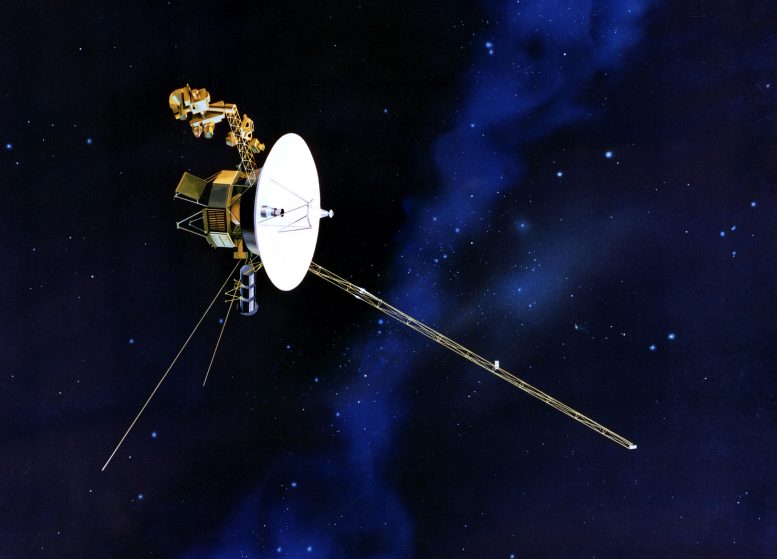
The spacecraft Voyager 1 appears to have left the heliosphere, according to a new study. Credit: NASA
A newly published study details the drastic changes in radiation levels experienced by NASA’s Voyager 1 spacecraft on August 25, 2012, possibly showing that Voyager 1 has reached interstellar space.
Washington – Thirty-five years after its launch, Voyager 1 appears to have traveled beyond the influence of the Sun and exited the heliosphere, according to a new study appearing online today.
The heliosphere is a region of space dominated by the Sun and its wind of energetic particles, and which is thought to be enclosed, bubble-like, in the surrounding interstellar medium of gas and dust that pervades the Milky Way galaxy.
On August 25, 2012, NASA’s Voyager 1 spacecraft measured drastic changes in radiation levels, more than 11 billion miles from the Sun. Anomalous cosmic rays, which are cosmic rays trapped in the outer heliosphere, all but vanished, dropping to less than 1 percent of previous amounts. At the same time, galactic cosmic rays – cosmic radiation from outside of the solar system – spiked to levels not seen since Voyager’s launch, with intensities as much as twice previous levels.
The findings have been accepted for publication in Geophysical Research Letters, a journal of the American Geophysical Union.
“Within just a few days, the heliospheric intensity of trapped radiation decreased, and the cosmic ray intensity went up as you would expect if it exited the heliosphere,” said Bill Webber, professor emeritus of astronomy at New Mexico State University in Las Cruces. He calls this transition boundary the “heliocliff.”
In the GRL article, the authors state: “It appears that [Voyager 1] has exited the main solar modulation region, revealing [hydrogen] and [helium] spectra characteristic of those to be expected in the local interstellar medium.”
However, Webber notes, scientists are continuing to debate whether Voyager 1 has reached interstellar space or entered a separate, undefined region beyond the solar system.
“It’s outside the normal heliosphere, I would say that,” Webber said. “We’re in a new region. And everything we’re measuring is different and exciting.”
Reference: “Recent Voyager 1 Data Indicate that on August 25, 2012 at a Distance of 121.7 AU From the Sun, Sudden and Unprecedented Intensity Changes were Observed in Anomalous and Galactic Cosmic Rays” by W. R. Webber and F. B. McDonald, 20 March 2013, Geophysical Research Letters.
DOI: 10.1002/grl.50383
The work was funded by NASA’s Jet Propulsion Laboratory in Pasadena, California.


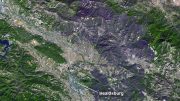
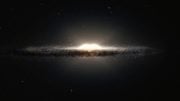

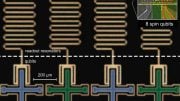
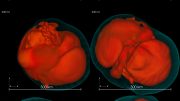
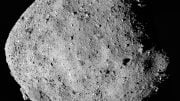
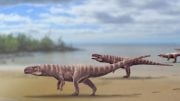
Interstellar space need not be an empty region. Of course the radiation from outside sun’s sources may peak. There could be some wandering stones or planetoids in this region. When galactic cannibalism is evident, why can’t there be such wanderers from nearby stars whose oort cloud of course should carry all the stones and ice to their central star just as our comets do. Have we not got surprised to see the tiny Pluto, who already got degraded from a planet’s position still collects some satellites around it as P1, P2,P3 P1 etc in addition to Nix and Charon ? Many surprises are bound to come but the battery in the rocket should still have the power and we should live long enough to know them all. Thank You.
My father worked on the rocket engineering for voyager. I have the program for its presentation to the government and the minutes for each departments presentation. I love hearing about them.. He died December 30, 1966. Voyager, Was his last project..